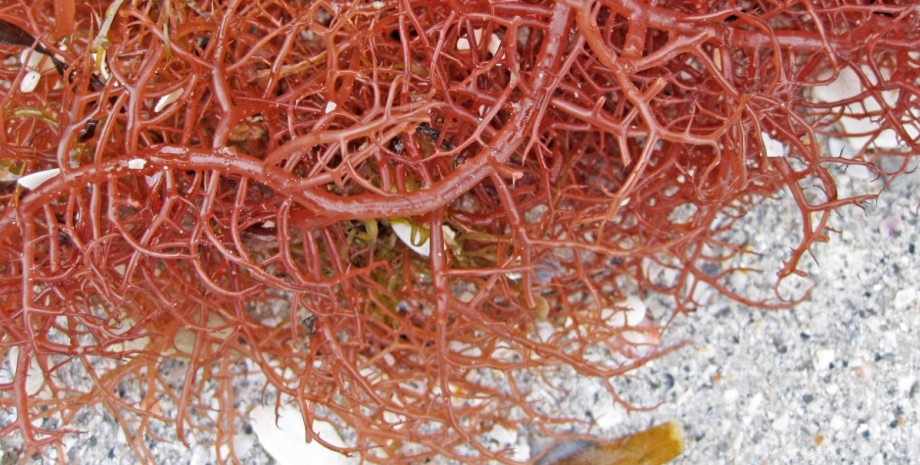
They have been rich in nutrients and have been used by coastal communities in many countries with low income for centuries. In focus. Technology has appeared its Telegram channel. Subscribe not to miss the latest and most intrusive news from the world of science! "Investments in the creation of farms for growing seaweed can prevent global famine in scenarios where sunlight is sharply reduced," says David Denkenberger, a researcher at Canterbury University in the United Kingdom.
A new research has shown that algae is a universal product that can be the most important source of food and energy when all other vegetation will be scarce due to a large -scale disaster. According to scientists, algae are quite stable to survive and thrive in the oceans even after a full -scale nuclear war. Researchers have built their model based on Gracillaria Tikvahiae marine algae. Using data on climate of nuclear winter, scientists modeled the growth of these algae.
According to the estimates, if the nuclear war begins and thousands of warheads will launch, then about 150 soot teaspons will be thrown into the Earth's atmosphere, which block sunlight for many years. However, the poor sunlight will continue to be enough for photosynthesis and growth of seaweed.
"In some types of algae, the need for light for photosynthesis is only 50-100 μmol of photons," says Michael Rleda, a co -author of research at the College of Sciences of the College of Sciences of Philippine University. For comparison, the sunlight in the tropics at noon of clear day can reach almost 2000 μmol of photons. So algae can satisfy 45% of the world's demand for food in just 9 months of intensive production.
But it should also be borne in mind that only up to 15% of a person's diet can consist of algae, because they contain high levels of iodine. In addition to apocalyptic scenarios, seaweed can also be useful as additional help with global food safety in current climate change or eruption of a large volcano. Sea algae that add to salads or wrap sushi rich in proteins, minerals, vitamins, essential amino acids and fatty acids.
According to Romed, seaweed will remain suitable for human consumption, even in view of radiation pollution. Algae will absorb pollutants from the environment, but the level of toxic substances can be reduced to safe. "It has been found that the treatment and preparation of algae for use, such as washing and drying, fermentation, blanching or cooking, significantly reduce the concentration of iodine and heavy metals in seaweed," the scientist summed up.










All rights reserved IN-Ukraine.info - 2022